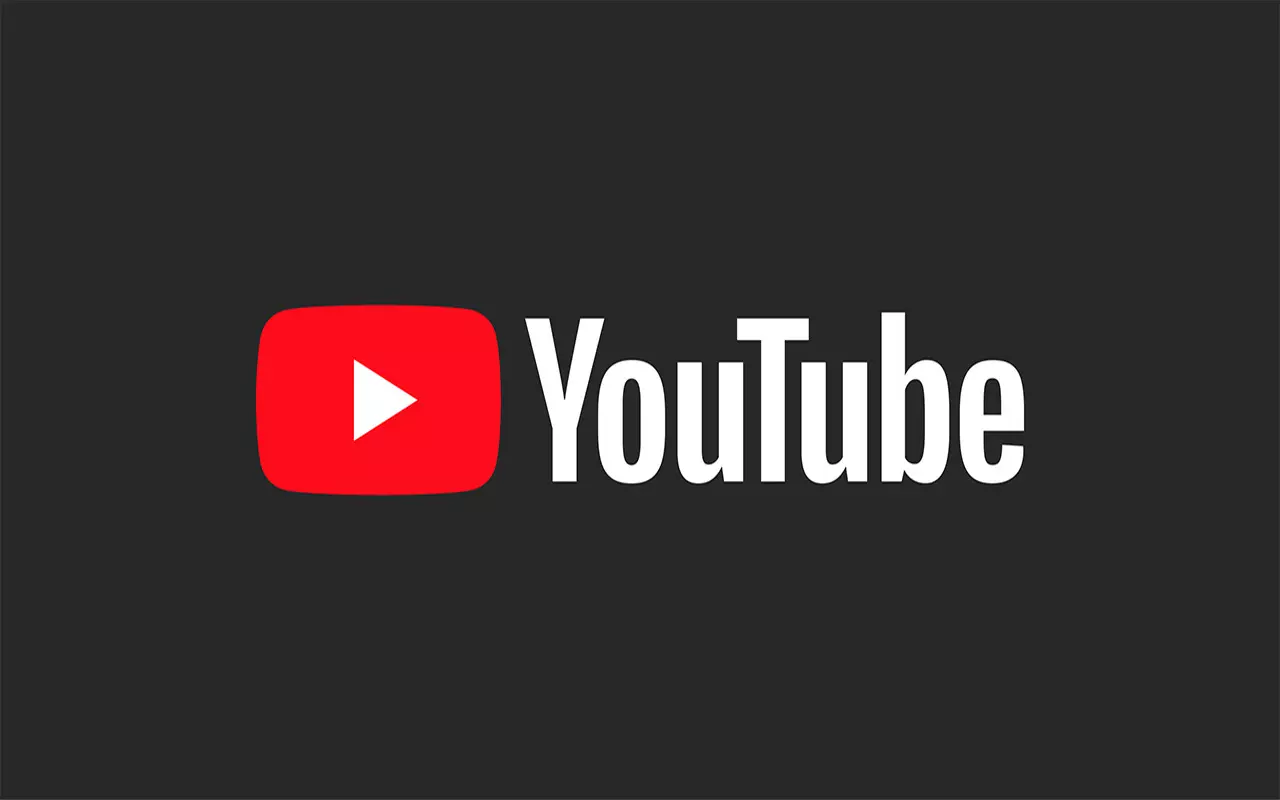How To Avoid Copyright Strikes On YouTube: Tips And Best Practices
Let us look at ways to protect your channel and prevent copyright violations.
YT

YouTube is a fantastic platform for creators to entertain viewers, promote their ideas, and develop their communities. However, making videos involves more than simply shooting and posting. If you are not cautious, copyright strikes might undo all of your hard work. They occur when you utilize someone else's work without their consent, such as music, films, or pictures. Let us look at ways to protect your channel and prevent copyright violations.
What Are Copyright Strikes?
YouTube issues a copyright strike as a warning. It indicates that you have included copyrighted content in your film without the owner's consent. Using well-known music in your vlog, for instance, may result in a strike. You risk having your channel removed if you get three strikes. On YouTube, even one strike restricts your options.
But don't worry. You can protect and propagate your channel by following some simple tips.
1. Use Copyright-Free Music and Sounds
One of the main causes of copyright strikes against producers is music. Seek for music that is free of copyright rather than employing a tune you like. Numerous websites provide music without royalties, such as:
• YouTube Audio Library: Free music and sound effects for creators.
• Epidemic Sound: A subscription service with high-quality tracks.
• Artlist: Another great choice for royalty-free music.
For instance, if you're making a travel vlog, pick an upbeat track from these libraries. It adds personality to your video without risking a strike.
2. Create Your Own Content
Using your own unique material is the most secure method to prevent copyright concerns. Write your own screenplays, record your own video, and, if you can, compose your own background music. For instance, use your voice and unique visuals to describe the story rather than showcasing scenes from a film.
Not only is original material secure, but it also helps you establish a distinct YouTube persona.
3. Understand Fair Use
Fair use is a tricky rule that allows creators to use copyrighted material under specific conditions. It usually applies to:
• Commentary
• Criticism
• Educational content
For instance, a video review of a recent film may use brief snippets to bolster its arguments. However, there is no assurance that your usage would be considered fair use. The amount and usage of the substance will determine this.
Keep copyrighted content short, include your own comments, and ensure that your video creates something new out of the content in order to remain safe.
4. Give Proper Credit
If you give them credit, copyright owners sometimes let you utilize their work. Always pay close attention to the license conditions. For instance, the restrictions may stipulate that you have to include the artist in your video description if you obtain free music from a website.
Even when it is necessary, failing to provide credit might result in a strike.
5. License Content When Necessary
Get the owner's permission if you really want to utilize a particular piece of music or video. A lot of photographers, filmmakers, and artists offer licenses for their creations. To utilize a band's music in your video, for instance, you may get in touch with them and pay a price.
High-quality content makes this choice worthwhile, even if it might be pricey.
6. Avoid Downloading Random Content
Never download music, movies, or pictures from unaffiliated websites. Copyright may apply to anything, even if it seems to be free. For instance, you can get into difficulty if you take a clip from a well-known meme website.
For royalty-free images, consider reliable resources like Pexels or Pixabay instead.
Real-Life Example: PewDiePie
One of YouTube's largest producers, PewDiePie, ran into problems when a business asserted copyright on a game he was playing. Another person attempted to claim credit even though he received authorization from the game's creators. This demonstrates that even large innovators must exercise caution.
Keep track of all licenses and permits for your own protection. You will have evidence that you complied with the guidelines in case you ever have questions.
1. Use Tools Like Content ID
YouTube's Content ID technology looks for copyrighted content in videos. It will notify you if it finds a problem. Occasionally, this just indicates that the owner will make money out of your movie rather than suing you.
Take note of these warnings and make any necessary edits to your video. For instance, use a royalty-free track in lieu of the music that has been marked.
2. Educate Yourself
Your ability to prevent strikes will improve with your understanding of copyright rules. In the event of a strike, you may visit YouTube's Copyright School, a useful resource for creators.
You may avoid future troubles by mastering the fundamentals.

